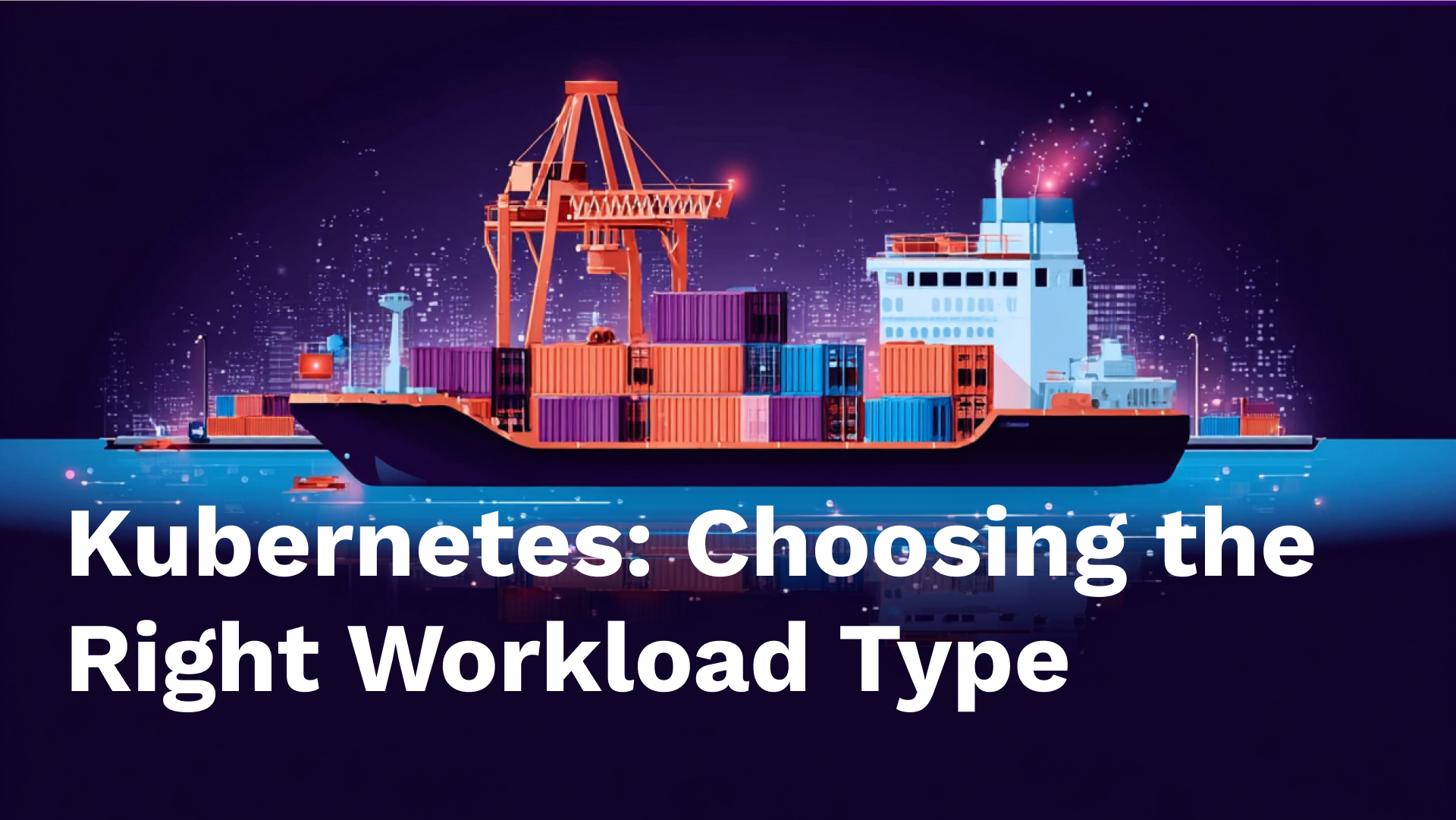Kubernetes has become the backbone of modern cloud-native infrastructure, powering everything from stateless web apps to complex machine learning pipelines. Yet, as organizations scale their clusters and diversify their workloads, many are confronted with a hidden challenge: choosing the right workload type and optimizing resource allocation to avoid massive, often invisible, waste. We previously discussed the types of Kubernetes workloads. This blog will give a step by step guide to choosing the right workload type, while exposing the surprising patterns of overprovisioning that silently drain cloud budgets.
Start Here: Is your application stateful or stateless?
Stateless Application:
- No persistent data stored locally
- Can be easily replaced or restarted
- Multiple instances are identical → Use Deployment
Stateful Application:
- Requires persistent storage
- Needs stable network identity
- Data locality is important → Use StatefulSet
Special Cases:
Need to run on every node?
- System-level services
- Node monitoring or logging
- Network or storage drivers → Use DaemonSet
One-time task?
- Data migration
- Batch processing
- Backup operation → Use Job
Recurring scheduled task?
- Regular backups
- Periodic maintenance
- Scheduled reports → Use CronJob
Complex multi-component application?
- Custom business logic for deployment
- Complex dependencies
- Specialized update strategies → Consider Custom Resources/Operators
Workload Popularity and Usage Patterns
Based on analysis of production Kubernetes clusters:
- Deployments (60-70% of workloads)
- Most common workload type
- Well-understood and documented
- Suitable for majority of cloud-native applications
- StatefulSets (15-20% of workloads)
- Essential for data-tier applications
- Growing with cloud-native database adoption
- Require more operational expertise
- DaemonSets (5-10% of workloads)
- Consistent across most clusters
- System-level services and infrastructure
- Often deployed by platform teams
- Jobs/CronJobs (10-15% of workloads)
- Critical for automation and batch processing
- Highly variable resource requirements
- Often overlooked in resource planning
- Custom Resources (2-5% of workloads)
- Growing adoption with operator pattern
- Specialized use cases and complex applications
- Require significant Kubernetes expertise
Best Practices for Workload Selection
Consider Your Application Characteristics
- Data persistence requirements: StatefulSet vs Deployment
- Scaling patterns: Horizontal vs vertical scaling needs
- Update frequency: Rolling updates vs recreate strategies
- Resource requirements: Consistent vs variable resource needs
Think About Operational Complexity
- Monitoring and observability requirements
- Backup and disaster recovery needs
- Security and compliance considerations
- Team expertise and operational overhead
Plan for the Future
- Growth and scaling requirements
- Integration with other services
- Migration and portability needs
- Cost optimization opportunities
Conclusion
Selecting the appropriate Kubernetes workload type is a critical architectural decision that impacts application performance, operational complexity, and resource efficiency. While Deployments handle the majority of use cases for stateless applications, understanding when to use StatefulSets, DaemonSets, Jobs, and CronJobs ensures you're building on the right foundation.
The key is matching your application's characteristics—stateful vs stateless, batch vs long-running, system-level vs application-level—with the appropriate workload controller. This foundation becomes even more important when optimizing for cost and resource efficiency, which we'll explore in depth in our next post on Kubernetes overprovisioning patterns.
Remember: choosing the right workload type upfront can save significant operational overhead and optimize costs down the line. Take time to understand your application's requirements and choose accordingly.






.webp)

